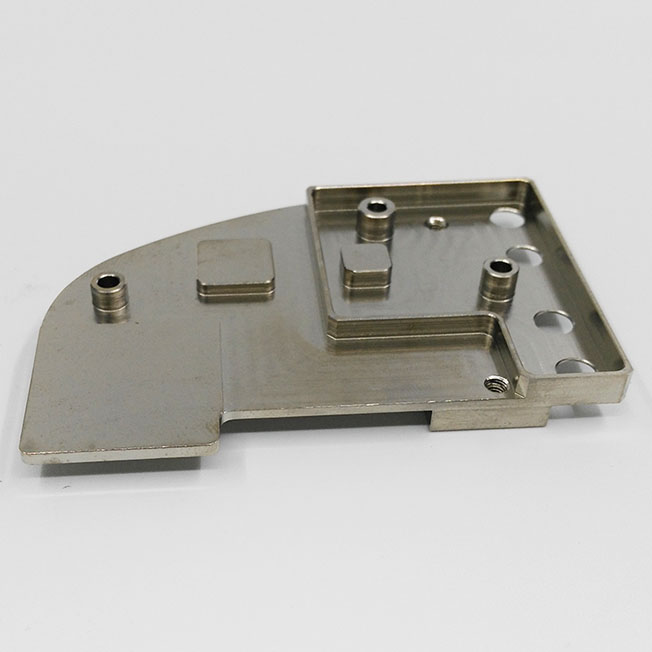The melting point of titanium is high, the activation energy is large, and the lattice atoms are not easy to break away from their equilibrium positions. Therefore, when cutting machining, the energy consumed by cutting into the chip is larger. The more alloying elements are added, the higher the strength and hardness of the alloy, the harder the machining is. When the hardness of titanium alloy is greater than 350HB, the cutting is particularly difficult. And the hardness is less than 300HB will prone to sticky knife and difficult to cut. The best cutting hardness of titanium alloy is 300-350HB. Titanium alloy cutting characteristics are as follows:
1. Deformation coefficient is small. This is mainly because of its plastic deformation is small, cutting contraction percentage is small.
2. Cutting temperature is high. When cutting the titanium alloy, under the same cutting conditions, the cutting temperature is nearly 1 times higher than that of the cutting 45 steel, and the temperature is concentrated in the narrow area of the tool cutting edge. The reason is that the knife-chip contact is short, the cutting deformation is small, the friction path is long and its thermal conductivity is low.
3. Unit cutting force is big. Cutting its main cutting force is about 20% smaller than that of cutting general structural steel. However, because of the short contact between knife and chip, the cutting force of the tool per unit area is large.
4. Cutting tools wear easily. After forging, hot rolling and other methods of machining, the titanium alloy rough will forming a hard and brittle uneven skin, which is easy to lead to tool wear. Because of its high cutting temperature, cutting and tool contact is short, poor heat dissipation conditions, coupled with its small elastic modulus, large elastic recovery, large tool friction area, high affinity, easy to cause tool abrasive, adhesive, diffusion and oxidation wear.
